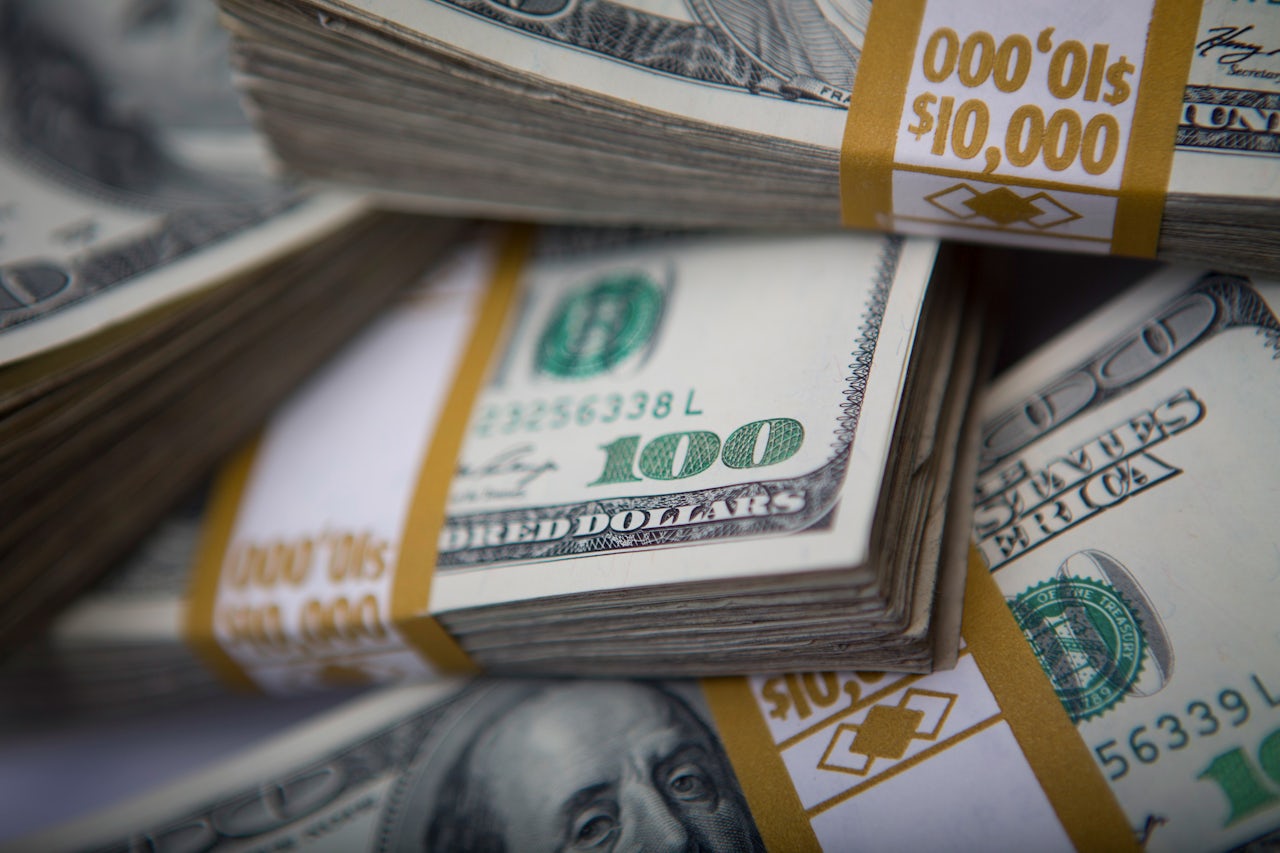It should come as little surprise that the United States is not a particularly happy place right now — and things seem to be trending down.
The World Happiness Report 2017, a survey by the United Nations’ Sustainable Development Solutions Network, called the U.S. “a story of reduced happiness.” Although the country’s per capita GDP is rising, America’s happiness rank dropped from third among OECD countries in 2007 to 19th in 2016.
In other words, more money has not bought us more happiness.
The rankings are based on the “main life evaluation question,” the World Happiness Report’s FAQ page explains, which is called the Cantril ladder. “It asks respondents to think of a ladder, with the best possible life for them being a 10 and the worst possible life being a 0. They are then asked to rate their own current lives on that 0 to 10 scale.”
Six additional factors — “levels of GDP, life expectancy, generosity, social support, freedom, and corruption” — are tracked for each country to provide context for the rankings. GDP and life expectancy contribute to higher happiness for the United States, but four social variables — generosity, social support, freedom, and corruption — all contribute to lower happiness, according to editor Jeffrey D. Sachs, in a chapter titled “Restoring American Happiness.”
Previous research has established that economic success doesn’t always translate to happiness. In 1974, University of Southern California economics professor Richard Easterlin published a paper that concluded that “The increase in output itself makes for an escalation in human aspirations, and thus negates the positive impact on welfare.” A 2010 study out of Princeton University found that greater income only equalled greater “emotional well-being” up to $75,000; after that, “the emotional quality of an individual’s everyday experience” does not improve in relation to income. One of that study’s authors, the Nobel Prize-winning psychologist Daniel Kahneman, actually contributed to the standards by which the World Happiness Report measures subjective well-being.
So what can America do? “The United States can and should raise happiness by addressing America’s multi-faceted social crisis — rising inequality, corruption, isolation, and distrust — rather than focusing exclusively or even mainly on economic growth,” Sachs wrote. He goes on to argue that the current focus on economic growth by the American government will “exacerbate rather than ameliorate the deepening social crisis” because we’re not addressing the underlying social issues that contribute to our happiness.
Happiness and economic growth aren't mutually exclusive, but working to accomplish both won’t be easy. Sachs outlines a series of proposals that arguably wouldn’t prevent economic growth while improving factors like corruption and social support. For example, the United States could embrace wealth and income inequality policies; reverse the 2010 Citizens United decision that allowed unlimited election spending by corporations; and work to support multiculturalism, which, in Sachs’ words, “the United States has not tried very hard” to do when compared with our neighbors.
The overall accuracy of happiness research is difficult to compare to the likes of mathematics, and the survey only includes 1,000 adults per year, but the World Happiness Report has only gained credibility among journalists and scholars both since first publishing in 2012. Even The New York Times covers the report, and much of the featured data is based on the aforementioned Cantril ladder, which is widely used academically.

